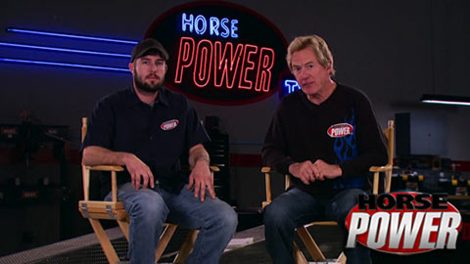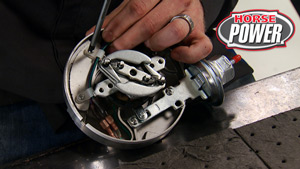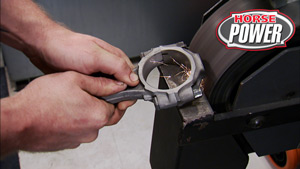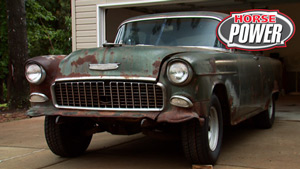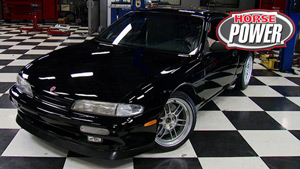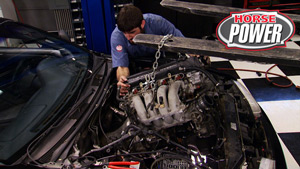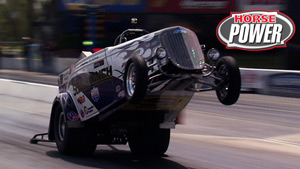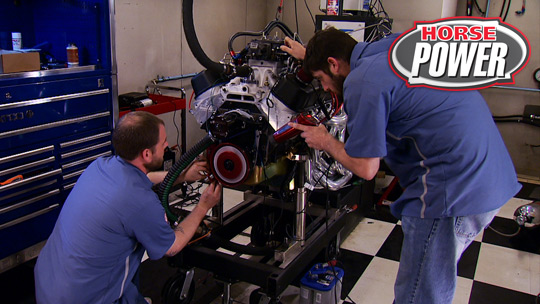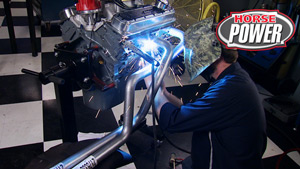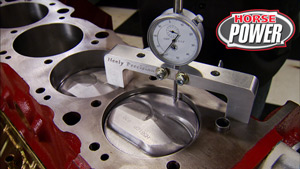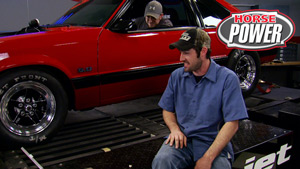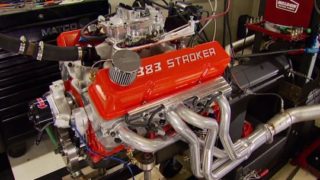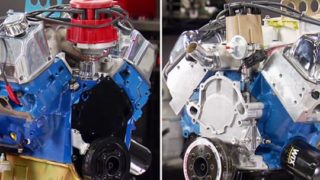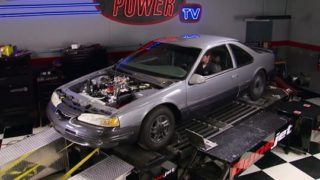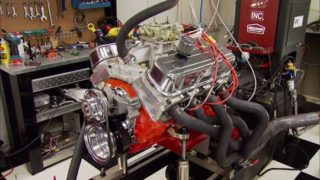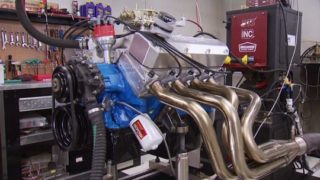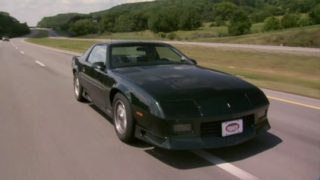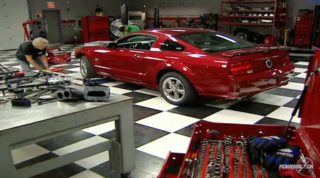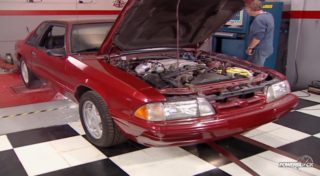HorsePower Builds
Want more content like this?
Join the PowerNation Email NewsletterParts Used In This Episode
Mallory Performance
(454 Engine) Distributor, Magnetic Pickup, Vacuum Advance, HEI, Chevy, Big/Small Block.
Summit Racing
(454 Engine) Carburetor, Summit, 750 cfm, Square Bore, 4-Barrel, Manual Choke, Mech. Sec.
Summit Racing
(454 Engine) Water Pump Pulley, V-Belt, 2-Groove, Steel, Chrome, BBC, Long Pump
Summit Racing
(460 FORD) Carb., Summit,750 cfm,Square Bore,4-Barrel,Manual Choke,Mech. Secondary
Trick Flow Specialties
(460 FORD) Rocker Arms, Stud Mount, Full Roller, Aluminum, 1.73 Ratio
United Engine and Machine Company/Icon Pistons
(454 Engine) Closed chamber .290" hollow dome
